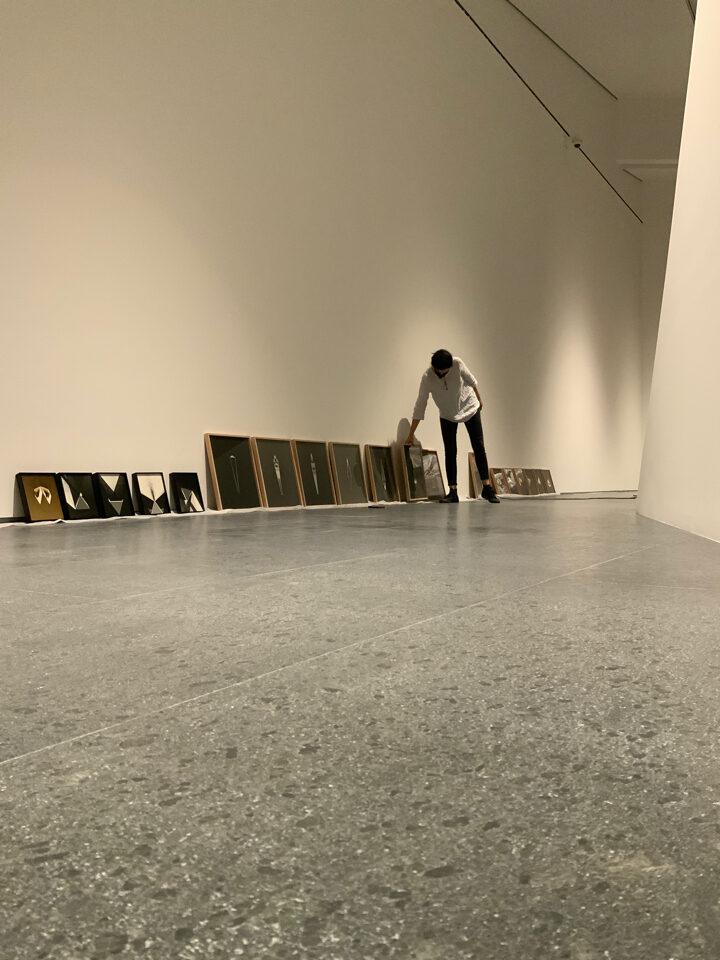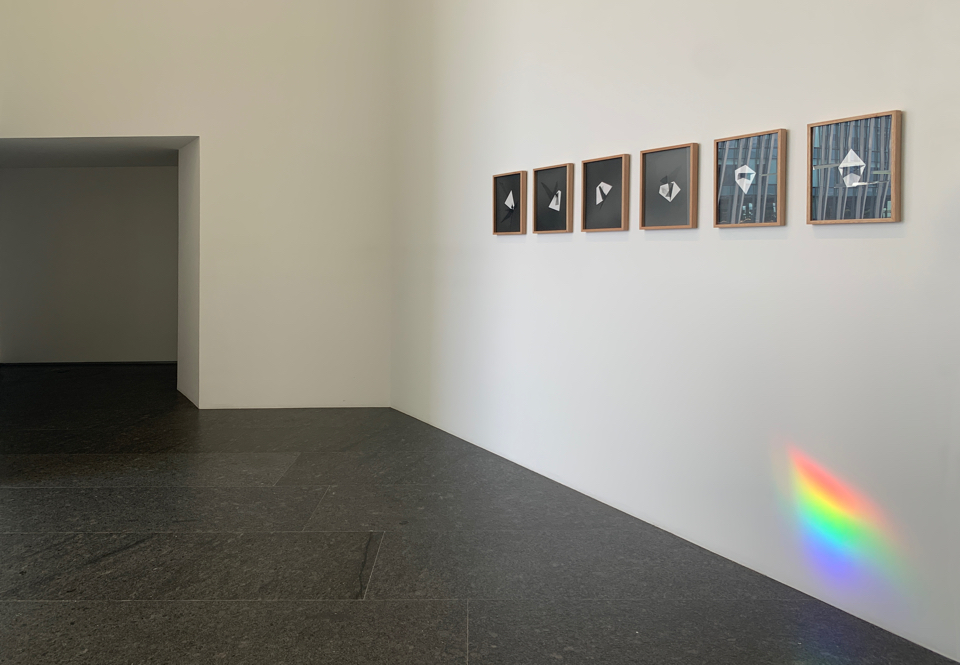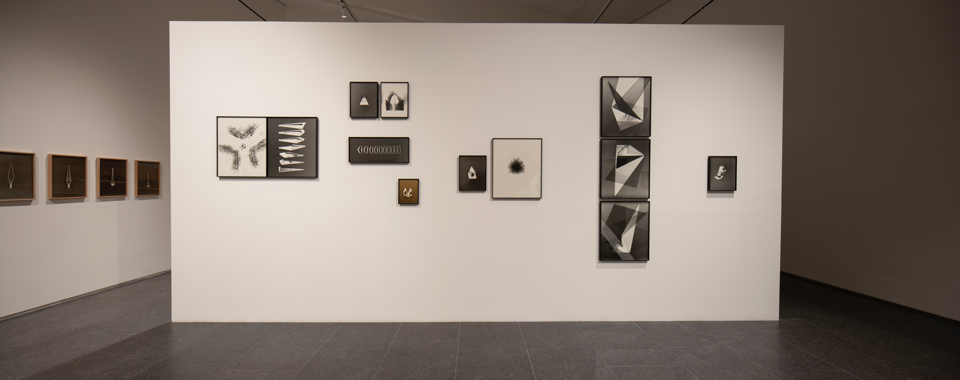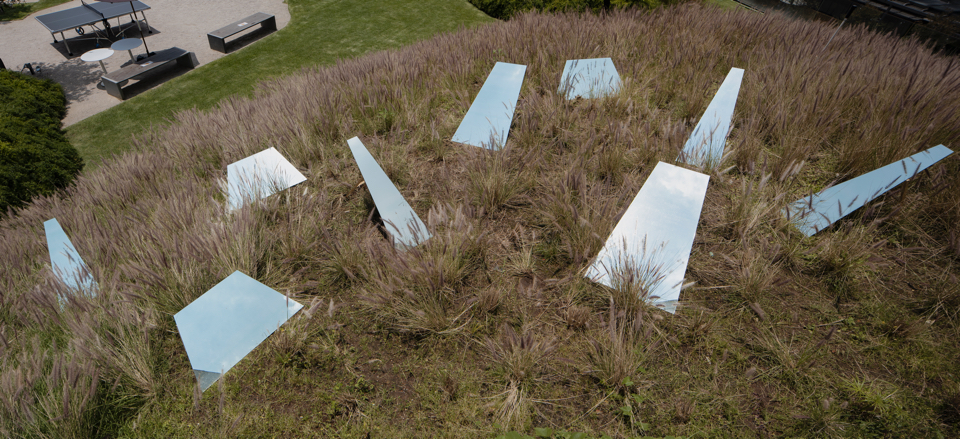JULIA CARRILLO
LUZ INSTANTE
06.26.2021 – 09.19.2021
PALIMPSESTOS, 2020 – 2021
The Palimpsestos series allows us to return to the origins of photography when, in the first half of the 19th century, captured images were obtained only through chemical processes and light. Taking up such processes of creating images connects with the most basic sense of optics, a branch of physics that focuses on the behavior of light, its properties and interactions with matter. At the same time, this series refers us to optics because in order to capture the trajectories of light, peculiar lenses have been used: liquids like water and solids like optical artifacts with unique geometries.
The artworks emerge from the intention of grasping the light, of capturing the traces of its path. They were born in a dark room, as from games between photosensitive paper, chemical substances, water and an arsenal of translucent objects that I have been building. They are the result of possible ways to apprehend the obsolescence of light, the exact moment when light sculpted the space, the geometric shadow theater that takes place in a small scene during an instant of light.
The Palimpsestos series is a project supported by the National Fund for Culture and the Arts (FONCA).





















